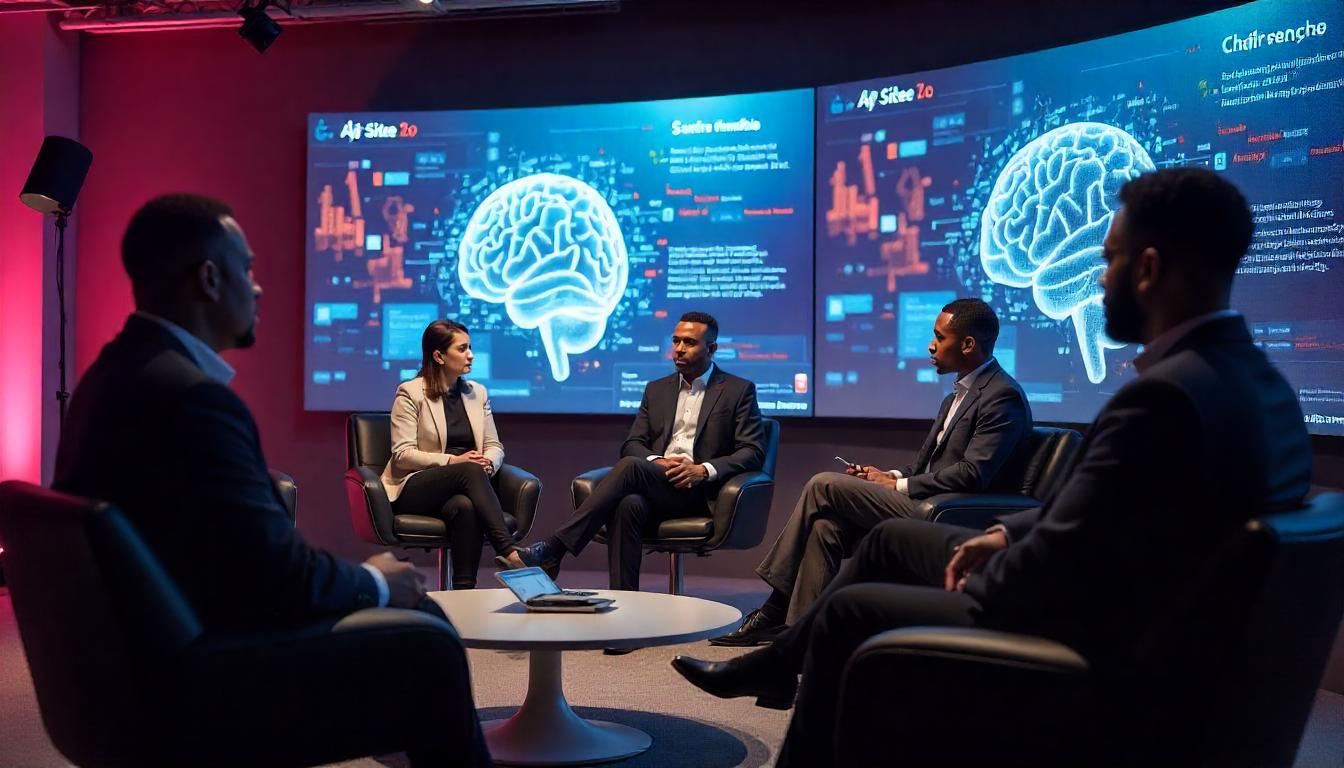Artificial General Intelligence (AGI): When Will It Arrive?
Artificial intelligence is woven into our daily lives—helping us find directions, recommending movies, or answering questions through digital assistants like Alexa or Siri. But all of these examples fall under narrow AI: systems designed to perform specific tasks.
The real frontier in AI research is Artificial General Intelligence (AGI)—an AI with the ability to think, learn, and reason as broadly and flexibly as a human mind. Naturally, the question on many people’s minds is: When will AGI finally arrive?
Let’s dig into what AGI really means, why it’s such a monumental challenge, and what experts predict about its arrival.
What Is AGI?
Artificial General Intelligence (AGI)—often called “strong AI”—refers to machines capable of understanding, learning, and solving problems across a wide range of domains, not just one narrow task. Unlike narrow AI, which is good at a single job, AGI would be able to:
- Learn and adapt to many different topics
- Grasp abstract and complex ideas
- Approach unfamiliar problems creatively
- Apply knowledge from one area to another
Imagine an AI that can write a novel, design a new product, discuss philosophy, and solve complex scientific problems—all with the adaptability and insight of a human. That’s the extraordinary vision of AGI.
Why Is AGI So Difficult to Achieve?
Even with all the remarkable progress in AI, AGI remains an unsolved puzzle. Here’s why it’s so tough to build:
1. Missing Common Sense
Humans intuitively understand that fire is hot or that rain makes things wet. AI systems often lack this everyday “common sense.”
2. Understanding Context and Emotion
Humans can detect humor, sarcasm, and subtle social cues. These nuanced skills remain challenging for AI to replicate reliably.
3. Transferring Skills
Humans can learn a skill in one area and apply it to another—for example, how strategic thinking in chess might help in business negotiations. Teaching machines this kind of generalization is extremely difficult.
4. Consciousness and Self-Awareness
Some researchers suggest true AGI may require some form of consciousness or self-awareness—a concept we still don’t fully grasp in humans.
When Might AGI Arrive?
Opinions on AGI’s timeline vary dramatically. Here’s a look at different perspectives:
- Optimists like futurist Ray Kurzweil believe AGI could emerge as early as the 2030s or 2040s, fueled by rapid advancements in computing and machine learning.
- Cautious experts argue that key breakthroughs are still missing and predict AGI might be 50 to 100 years away.
- Skeptics think AGI may never arrive because human intelligence could rely on biological or conscious processes machines might never replicate.
Surveys among AI researchers often place the median estimate for AGI’s arrival between 2050 and 2100, highlighting just how uncertain the timeline remains.
Why Does AGI Matter?
If AGI becomes a reality, it could reshape the world in unprecedented ways. On the positive side, it could help us:
- Discover new cures for diseases
- Create solutions for environmental challenges
- Unlock faster scientific and technological progress
- Revolutionize how we work and live
But there are also significant risks, including:
- Widespread job disruption across industries
- Potential misuse of highly capable AI systems
- Loss of human oversight and control over powerful machines
That’s why many researchers emphasize the importance of AI safety research and ethical guidelines long before AGI is achieved.
Preparing for an AGI Future
Even if AGI remains decades away, the conversations we have today are critical. The stakes are incredibly high, and decisions made now could shape whether AGI becomes a force for good—or a source of unintended harm.
Staying informed, supporting ethical research, and engaging in open discussions are all important steps in preparing for a future where AGI could exist.

































